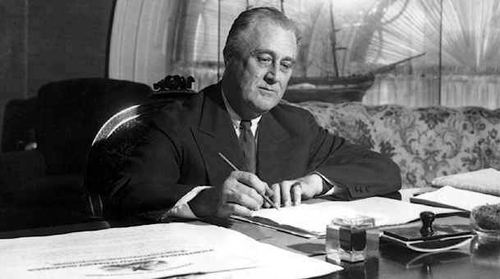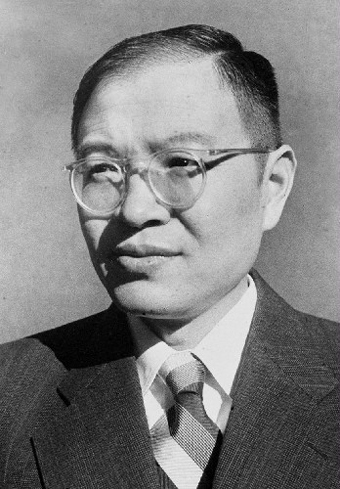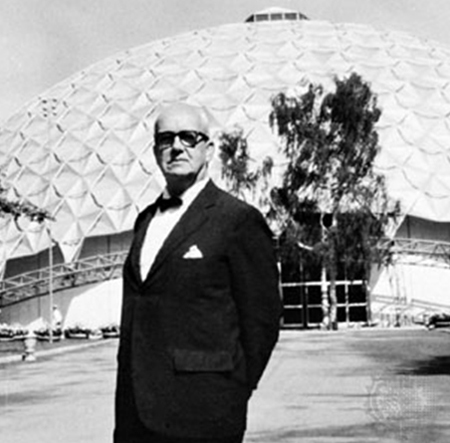Great minds: Ten people who shaped the World Expo
Fulun, nephew of the Qing Emperor, led China's delegation to the St. Louis World's Fair in 1904, the first ever officially attended by China. The "Chinese Village" featured merchants selling silks, teas and carvings, as well as magicians, musicians, fire-eaters and actors depicting a wedding ceremony. Dancers performed a dragon dance and a temple featured religious rites. The “Chinese Village” also had two restaurants at which visitors could sample Chinese cuisine. Admission to the village was 25 cents—about $6 in today's money.
 Chinese Qing Dynasty Prince Fulun |
Franklin Roosevelt
Former US President Franklin Roosevelt used the Century of Progress Exposition in Chicago to help pull the United States out of Depression. After seeing the positive effect of the Expo on the economy during its nearly six-month run in 1933, Roosevelt persuaded the organizers to reopen the fair for another five months in 1934. In total, 40 million people attended the Expo, giving the US economy a much-needed boost.
 Franklin Roosevelt |
Zhang Wentian
Zhang Wentian, former vice minister of foreign affairs of the People's Republic of China from 1954 to 1960 was the first to suggest that the People's Republic of China participate in World Expos. Zhang advocated international studies across the country and founded the first institute for international studies in China.
 Zhang Wentian |
Buckminster Fuller
The famed architect and inventor Buckminster Fuller was an early advocate of sustainable living and renewable energy, but is probably best known for his geodesic dome. This revolutionary new style of architecture used triangular building elements to distribute stress evenly across the structure. Fuller's geodesic Biosphere was prominently featured at the 1967 World Expo in Montreal and featured, among other things, a 37-meter-long escalator – the longest ever built at that time.
 Buckminster Fuller |
Shigeru Ban
The contemporary Japanese architect Shigeru Ban has long been recognized as a pioneer of innovative construction techniques. One of his most famous works was the Japanese Pavilion at the 2000 World Expo in Hanover, Germany. The pavilion was constructed almost entirely out of recycled cardboard paper tubes; this design made the building environmentally friendly as well as incredibly cheap to construct. The entire building was later recycled and turned into paper pulp.
 Shigeru Ban |
(Source: EXPO Weekly, Issue No. 1, April 8, 2010)
 0
0 







Go to Forum >>0 Comments